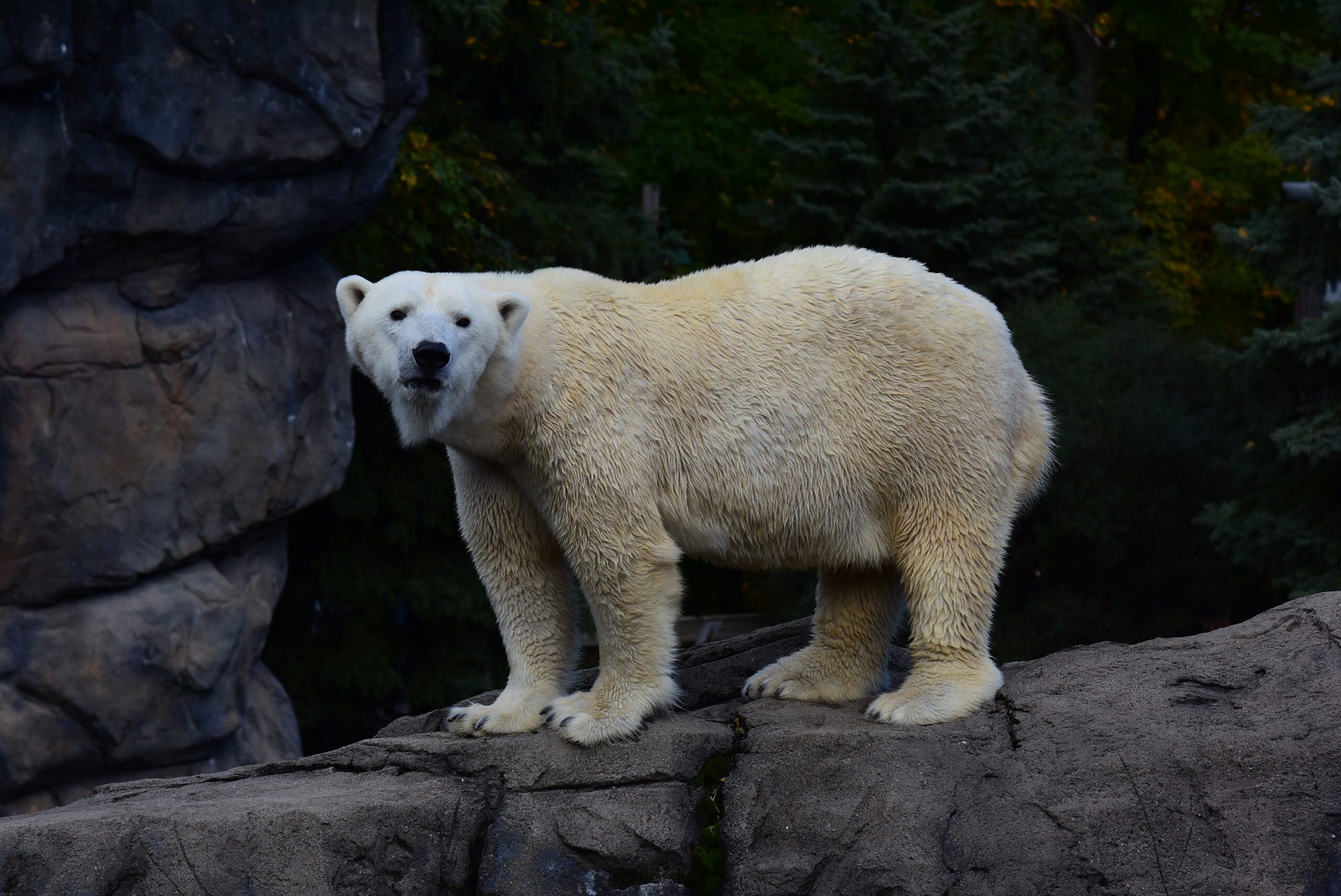February 27, 2021
Human-wildlife interaction is a conservation challenge widespread throughout the natural world. There is little true wilderness left on our planet, and if we want crucial ecosystems to survive, we must constantly assess the effects of our activities on wildlife. With support raised through guest donations at Seneca Park Zoo, our partner, Polar Bears International (PBI) was able to take part in a study to better understand the impact human interaction and disturbance has on denning polar bears and their reproductive success.PBI teamed with researchers from the U.S. Geological Survey (USGS), the U.S. Fish and Wildlife Service (FWS), and Brigham Young University (BYU) to study polar bears in the Prudhoe Bay Operations Area and adjacent habitats across Alaska’s North Slope. Researchers were able to document 138 human-bear interactions, spanning a 42-year period from 1975-2017, with the objective of analyzing the different disturbance stimuli at den sites and the associated bear responses. To ensure consistency in the data, each human-bear interaction was categorized by type of stimulus (humans on foot, small machinery, large machinery, or aircraft) distance between stimulus and bear (0-150m, 151-300m, or 300+m), intensity of stimulus (on a scale of 1-3), and intensity of bear response (on a scale of 1-4).Although individual bears responded differently to each type of stimulus, the study concluded that polar bears in this area are largely tolerant of human activity near den sites. During the study, researchers did not observe any instances of polar bears abandoning sealed dens. This may be due to either the fact that sealed dens are highly insulated and therefore less sensitive to sound and vibrations, or the high cost of abandonment, since polar bears expend so much time and energy to complete their dens. Most den abandonment events were caused by high intensity interactions of low-flying aircraft, and occurred during the fall when dens are in the early phases of construction and the bears have less to lose by abandoning the site.
Data collected from this study is immensely important for not only wildlife managers, but also for industrial workers. Prudhoe Bay is home to the largest active oil field in North America, which leads to a higher frequency of human-bear interactions. This study showed a 1.6km (1 mile) buffer zone is effective for minimizing den disturbances, which means wildlife managers can work together with industrial workers to coordinate human activity rather than halt it altogether.
Studies like this one are crucial when considering the future survival of any species, especially the largest land carnivore of the Arctic. The first step toward conservation is research, and our Zoo is proud to be able to support polar bear research projects through our partnership with Polar Bears International.
– Annie Wheeler, Lead Zoo Naturalist for Programs
*Banner photo of Seneca Park Zoo’s Ambassador Polar Bear Anoki by Wayne Smith








